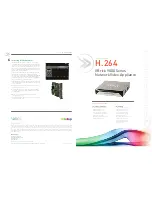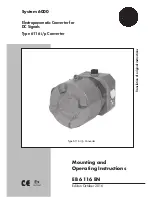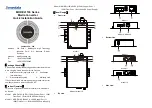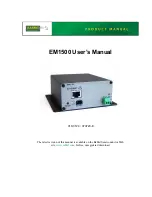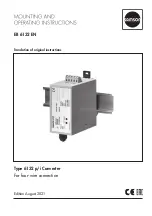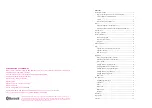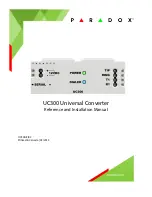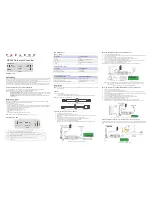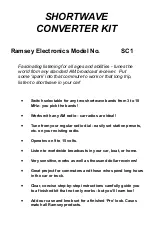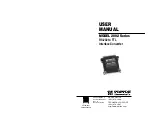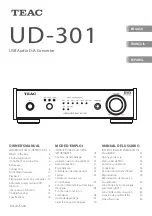
4.0 INSTALLATION
The Patton Model 2036P are very simple to install. Once you
have configured the DIP switches, just plug your converter in to a stan-
dard cable and you’re ready to go. Figure 3 illustrates the proper con-
nections for the Model 2036P. If you have special-ordered a non-stan-
dard connector, your connections may be different.
4.1 POWER CONNECTION
In many cases, the Model 2036P will run without being connected
to external power. However, additional power may be necessary in
certain applications that use low power RS-232 devices.
The 120VAC U.S. wall transformer version su9V regulated
DC up to 500mA. Connect this wall transformer to the Model 2036P
by means of a cannon jack on the side panel. The Model 2036P is
powered-up as soon as it is plugged into an AC outlet–there is no
power switch.
5.0 OPERATION
Once your interface converter is properly configured and installed,
it should operate transparently—as if it were a standard cable connec-
tion. Operating power is derived from the RS-232 data and control sig-
nals; there is no “ON/OFF” switch.
7
Pigure 3. Installing the Model 2036P
Model 2036P
PC
Printer
Your cable
APPENDIX A
PATTON MODEL 2036P SPECIFICATIONS
Interface:
Asynchronous, RS-232C compatible
Connectors:
Serial, DB-25 female; Parallel,
Centronics 36 pin male
Data Rates:
0 - 115,200 Kbps
Power Supply:
1) Uses power from RS-232 interface;
2) 9VDC, 500mA power supply;
3) Typical Maximum power consumption
= 100mW @5V (20mA)
Flow Control:
[Serial Side as DCE = CTS (5)/DSR (6)]
[Serial Side as DTE = DTR (20)]
Data Format:
7 or 8 bits; 1 or 2 stop bits; even, odd or no
parity
Temperature Range: 0-50
°
C (32-140
°
F)
Altitude:
0-10,100 feet
Humidity:
5 to 95% non-condensing
Dimensions:
4.35” x 2.9” x 0.8” (11.0mm x 7.4mm x
2.0mm)
Weight:
2.6 oz. (73.8 grams)
8
Serial Interface
Parallel Interface









